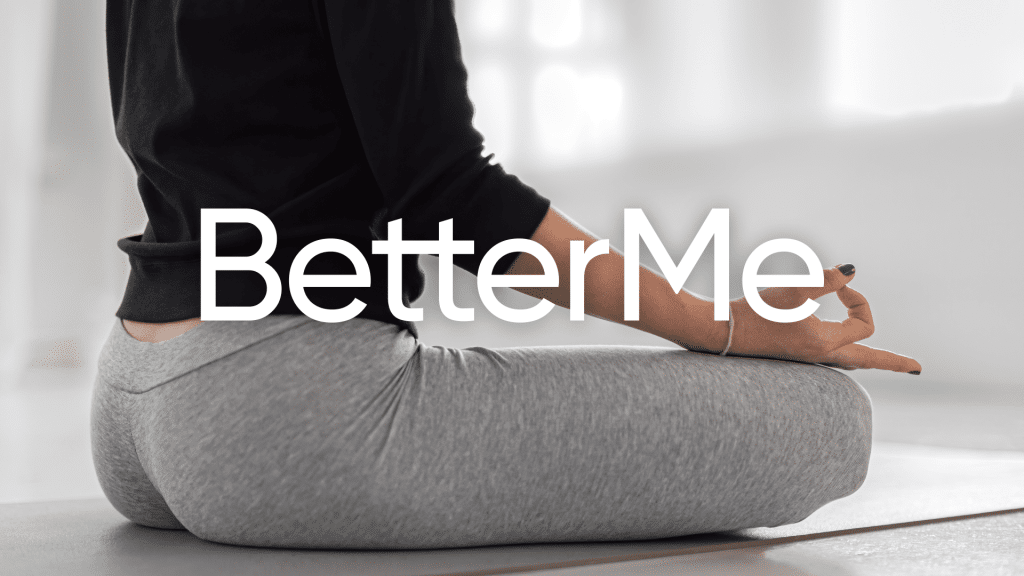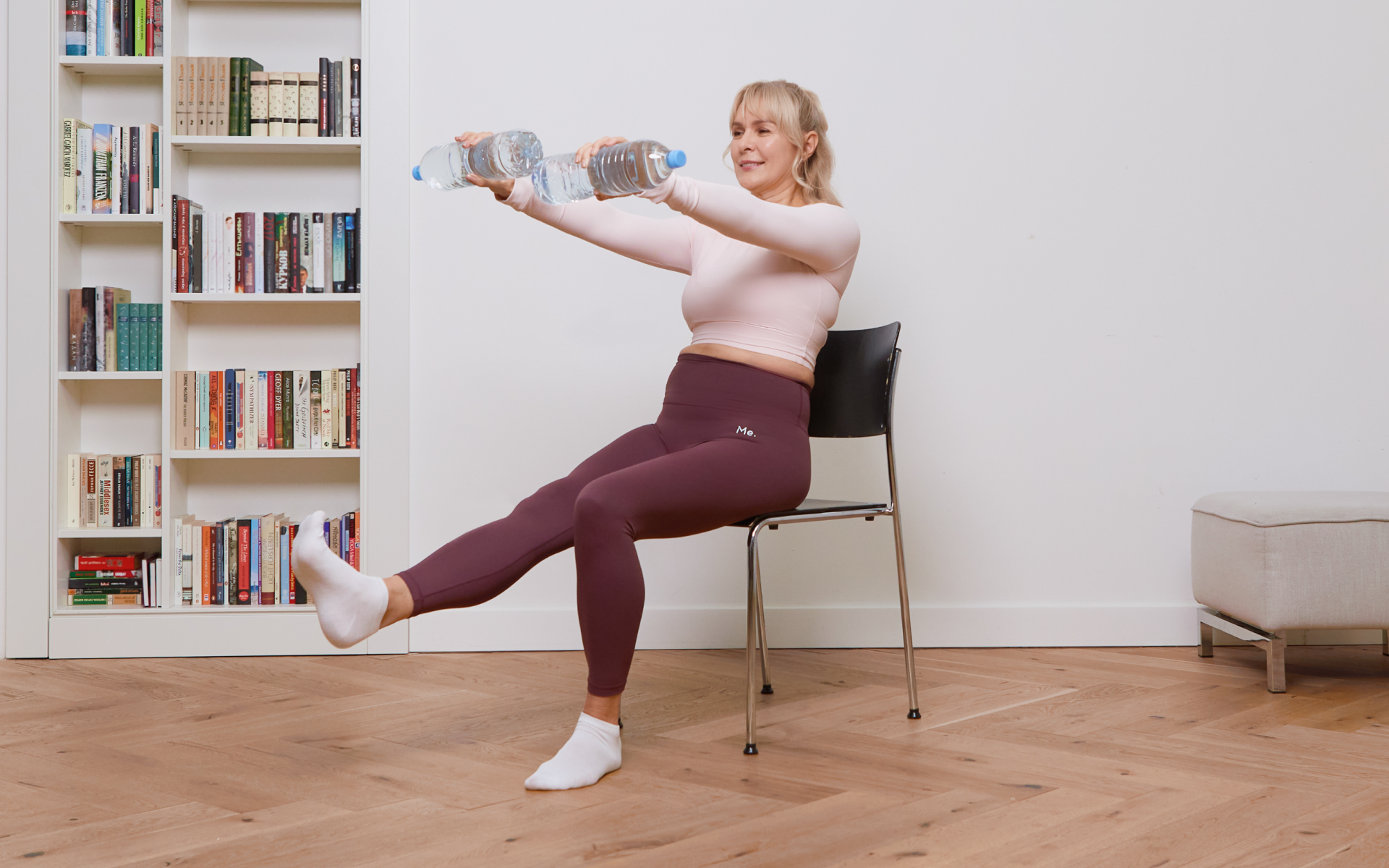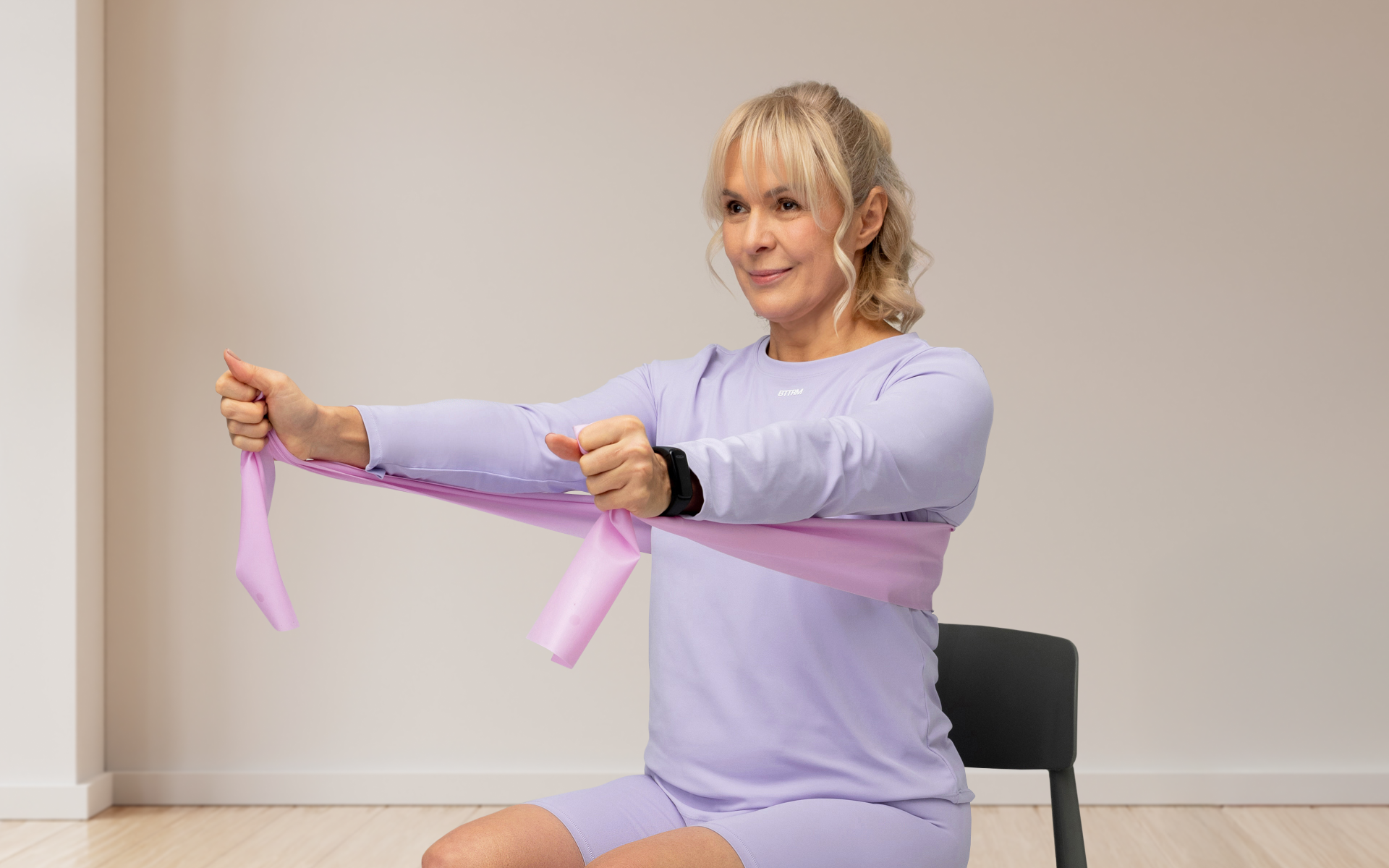Nicotine is a stimulant, and as such it can have some positive effects on athletic performance. In small doses, nicotine can improve focus and reaction time, and it has even been shown to increase endurance in animal studies (15). Because of this you may wonder, “what happens if you smoke and run?” Smoking and running don’t mix, full stop. Smoking has several negative effects on your running performance. Bear in mind that the goal of running is to improve your health, yet smoking has the opposite effect. The statistics regarding healthy life years (HLY) lost to smoking are staggering. Chronic illnesses related to smoking—such as cancer, heart disease, and stroke—are responsible for an estimated 480,000 deaths in the United States every year (20). And while quitting smoking is the single best thing you can do for your health, even smokers who run are at a disadvantage.
Here’s a look at some of the ways smoking can impact your running performance:
-
Smoking Affects Your Blood
During exercise, your muscles need more oxygen than usual. This increased demand is met by your heart, which pumps more blood to your muscles. At the same time, your lungs work harder to take in oxygen and expel carbon dioxide (19).
Smoking damages your blood vessels, making it difficult for your heart to pump blood and for your lungs to take in oxygen. The nicotine and carbon monoxide may make your blood thicker and more viscous, further hampering your blood’s ability to transport oxygen (11).
-
Smoking Lowers Your VO2 Max
VO2 max is a measure of the amount of oxygen your body can utilize during exercise. It’s used to predict running performance, and it generally increases with training (23). However, smokers tend to have lower VO2 max values than non-smokers, even when they’re well-trained.
Research shows that non-smokers had a higher VO2 max compared to smokers (13). This difference is likely because smoking damages the lungs and reduces their ability to take in oxygen.
-
Smoking Affects Your Heart
The resting heart rate is how many times your heart beats per minute when you’re at rest. A lower resting heart rate indicates that your heart is more efficient at pumping blood and doesn’t have to work as hard.
Smokers tend to have higher resting heart rates than non-smokers, even when they’re fit and well-trained. This is likely because a smoker’s heart has to work extra hard to pump blood through the damaged blood vessels (7).
-
Smoking Causes Respiratory Illness
The tar and chemicals in cigarettes damage the lungs and airways, making them more susceptible to infection. This can lead to respiratory illnesses such as bronchitis, emphysema, and pneumonia (17).
Smokers are also more likely to develop exercise-induced bronchoconstriction (EIB), a condition characterized by the narrowing of the airways during exercise. This can make running difficult and uncomfortable, and it may lead to asthma or premature fatigue (9).
In severe cases, they can even require hospitalization.
Read More: How To Increase Stamina For Running: 10 Expert-Approved Tips
-
Smoking Causes Inflammation
Inflammation is a natural response of the body to injury or infection. However, chronic inflammation can lead to several health problems, such as heart disease, cancer, and stroke (1).
Smoking causes inflammation by damaging the cells lining the blood vessels. This damage triggers the release of inflammatory chemicals, which can cause several health problems (2).
-
Smoking May Impair Recovery
Recovery is an important part of training, and it’s when your body adapts to the stress of exercise and gets stronger. However, smoking may impair recovery by causing inflammation and damaging the cells involved in repair and regeneration.
One study found that smokers had greater levels of muscle damage and inflammation after exercise than non-smokers (22). This suggests that smoking may delay the recovery process and make it harder for your body to adapt to the stress of exercise.
Does Running Help Your Lungs After Smoking?
Quitting smoking is the best thing you can do for your lungs, and starting a running schedule will also have a positive impact. Although running won’t completely offset the damage caused by smoking, it offers the following benefits:
Increased Cardiovascular Endurance
Running increases the endurance capacity of your respiratory muscles. This means that your lungs will be better able to handle the physical stress of running, and over time you’ll be able to run for longer periods without becoming winded (25).
Improved Capillary Density
Smoking damages the delicate capillaries in your lungs, which are responsible for exchanging oxygen and carbon dioxide. Running increases membrane diffusing capacity (5).
Decreased Inflammation
When you run, your body releases a hormone called Interleukin-6 (IL-6). IL-6 has been shown to have anti-inflammatory effects, which can help to reduce the lung damage caused by smoking (14).
Better Aerobic Fitness
Running regularly will increase your aerobic fitness, which is a measure of how well your lungs and heart work together to supply oxygen to your muscles (6). This is important because smokers often have reduced aerobic fitness, which makes physical activity more difficult.
Reduced Risk Of Future Lung Disease
While smoking is the number one cause of lung disease, running can help to reduce your risk of chronic obstructive pulmonary disease (12).
Beginner Running Routine For Smokers
If you’re a smoker who’s new to running, it’s important to take things slowly at first. Your lungs are already working overtime to deal with the damage caused by smoking, so you need to give them time to adjust to the physical demands of running.
Start by walking for 20-30 minutes three times per week. Once you’re comfortable with this, you can start to add some running to your routine. Begin by running for one minute, then walking for two minutes. Repeat this cycle for 20-30 minutes.
Over time, you can gradually increase the amount of time you’re running and decrease the amount of time you’re walking. Your goal should be to eventually be able to run for 30 minutes without stopping.
If you experience any shortness of breath or chest pain while running, stop and rest. These are signs that your lungs are not yet ready for running and you need to give them more time to adjust.
BetterMe app will provide you with a host of fat-frying fitness routines that’ll scare the extra pounds away and turn your body into a masterpiece! Get your life moving in the right direction with BetterMe!
Beginner Running Tips For Smokers
If you’re a smoker who’s looking to start running, there are a few things you should keep in mind:
Check With Your Doctor First
It’s always a good idea to get the green light from your doctor before starting any new exercise routine. This is especially important if you have existing lung or heart conditions.
Start Slow
Don’t try to do too much too soon. If you’re just starting, it’s important to build up your endurance slowly. Begin with shorter runs and gradually increase the distance as you get more comfortable.
Warm Up Properly
Before you start running, it’s important to warm up your muscles. A good way to do this is to walk for 5-10 minutes before starting your run. Stretches like arm circles and lunges are also a good way to get your body ready for exercise (24).
Breathe Deeply
To get the most oxygen to your muscles, it’s important to breathe deeply while you run. Focus on taking long, deep breaths and try to exhale fully.
Cool Down And Stretch
After you finish running, it’s important to cool down your body gradually. Walking for a few minutes will help your body adjust and prevent dizziness (4). Stretching is also important, as it can help to prevent cramping and soreness (3).
How Exercise Can Help You Quit Smoking
If you’re a smoker who’s trying to quit, exercise can be a helpful tool. This is because exercise can:
Help You Deal With Cravings
Cravings are a normal part of quitting smoking, but they can be difficult to deal with. Exercise can help to take your mind off of cigarettes and redirect your focus to something positive (10).
Release Endorphins
Endorphins are hormones that are released by the body in response to physical activity (8). These hormones have mood-boosting effects, which can help you to cope with the stress of quitting smoking.
Help Your Build Healthy Routine
When you quit smoking, it’s important to find healthy activities to replace the time that you used to spend smoking. Exercise can help you to build a new routine that is focused on your health and well-being.
Betterme will keep you laser-focused on your weight loss journey! Nutrient-packed meal plans, fat-blasting workouts, galvanizing challenges and much more. Try using the app and see for yourself!
Other Ways To Quit Smoking
In addition to exercise, there are many other things you can do to quit smoking. These include:
Going Cold Turkey
Going cold turkey is one of the most effective ways to quit smoking (18). This method involves stopping smoking completely, without the use of nicotine replacement products or other aids.
Use Nicotine Replacement Products
Nicotine replacement products such as patches, gum, and lozenges can help to ease withdrawal symptoms and cravings (16). These products can be purchased over the counter or prescribed by a doctor.
Get Support From Family And Friends
Quitting smoking is easier when you have the support of your loved ones. Family and friends can provide encouragement and help you to stay on track.
Seek Professional Help
If you’re struggling to quit smoking on your own, professional help from a doctor or therapist can be very helpful. There are many different types of treatment available, so you can find a method that works for you (21).
The Bottom Line
Smoking and running don’t mix. If you’re a smoker who’s trying to quit, exercise can be a helpful tool. This is because exercise can help to take your mind off of cigarettes and redirect your focus to something positive.
In addition to exercise, there are many other things you can do to quit smoking, such as going cold turkey, using nicotine replacement products, and getting support from family and friends. If you’re struggling to quit smoking on your own, professional help from a doctor or therapist can be very helpful.
Get your personalized
meal plan!
DISCLAIMER:
This article is intended for general informational purposes only and does not serve to address individual circumstances. It is not a substitute for professional advice or help and should not be relied on for making any kind of decision-making. Any action taken as a direct or indirect result of the information in this article is entirely at your own risk and is your sole responsibility.
BetterMe, its content staff, and its medical advisors accept no responsibility for inaccuracies, errors, misstatements, inconsistencies, or omissions and specifically disclaim any liability, loss or risk, personal, professional or otherwise, which may be incurred as a consequence, directly or indirectly, of the use and/or application of any content.
You should always seek the advice of your physician or other qualified health provider with any questions you may have regarding a medical condition or your specific situation. Never disregard professional medical advice or delay seeking it because of BetterMe content. If you suspect or think you may have a medical emergency, call your doctor.
SOURCES:
- Chronic Inflammation (2022, ncbi.nlm.nih.gov)
- Cigarette Smoking and Inflammation (2012, ncbi.nlm.nih.gov)
- CURRENT CONCEPTS IN MUSCLE STRETCHING FOR EXERCISE AND REHABILITATION – PMC (2012, ncbi.nlm.nih.gov)
- Do We Need a Cool-Down After Exercise? A Narrative Review of the Psychophysiological Effects and the Effects on Performance, Injuries and the Long-Term Adaptive Response (2018, link.springer.com)
- Effect of aerobic fitness on capillary blood volume and diffusing membrane capacity responses to exercise (2016, physoc.onlinelibrary.wiley.com)
- Effects of High Intensity Training and Continuous Endurance Training on Aerobic Capacity and Body Composition in Recreationally Active Runners (2012, ncbi.nlm.nih.gov)
- Effects of smoking on heart rate at rest and during exercise, and on heart rate recovery, in young adults (2012, pubmed.ncbi.nlm.nih.gov)
- Endorphins and Exercise (1984, link.springer.com)
- Exercise-Induced Bronchoconstriction and Exercise-Induced Respiratory Symptoms in Nurses (2011, hindwai.com)
- Exercise interventions for smoking cessation (2019, ncbi.nlm.nih.gov)
- High blood viscosity is closely associated with cigarette smoking and markedly reduced by smoking cessation (2011, pubmed.ncbi.nlm.nih.gov)
- Life-long physical activity involvement reduces the risk of chronic obstructive pulmonary disease: a case-control study in Japan (2010, pubmed.ncbi.nlm.nih.gov)
- Maximum oxygen uptake capacity of smokers of different age groups (1987, pubmed.ncbi.nlm.nih.gov)
- Muscle-derived interleukin-6: possible biological effects (2001, ncbi.nlm.nih.gov)
- Nicotine: Sporting Friend or Foe? A Review of Athlete Use, Performance Consequences and Other Considerations (2017, link.springer.com)
- Nicotine Replacement Therapy: An Overview (2016, ncbi.nlm.nih.gov)
- Pulmonary Diseases – How Tobacco Smoke Causes Disease: The Biology and Behavioral Basis for Smoking-Attributable Disease (2010, ncbi.nlm.nih.gov)
- PURLs: “Cold turkey” works best for smoking cessation (2017, .ncbi.nlm.nih.gov)
- Regulation of Increased Blood Flow (Hyperemia) to Muscles During Exercise: A Hierarchy of Competing Physiological Needs (2015, journals.physiology.org)
- Smoking & Tobacco Use (2020, cdc.gov)
- Smoking Cessation (2022, ncbi.nlm.nih.gov)
- The Effect of Tobacco Smoking on Musculoskeletal Health: A Systematic Review (2018, hindawi.com)
- The Effect of Training Intensity on VO2max in Young Healthy Adults: A Meta-Regression and Meta-Analysis (2016, ncbi.nlm.nih.gov)
- Warming-up and stretching for improved physical performance and prevention of sports-related injuries (1985, pubmed.ncbi.nlm.nih.gov)
- Your lungs and exercise (2016, ncbi.nlm.nih.gov)












